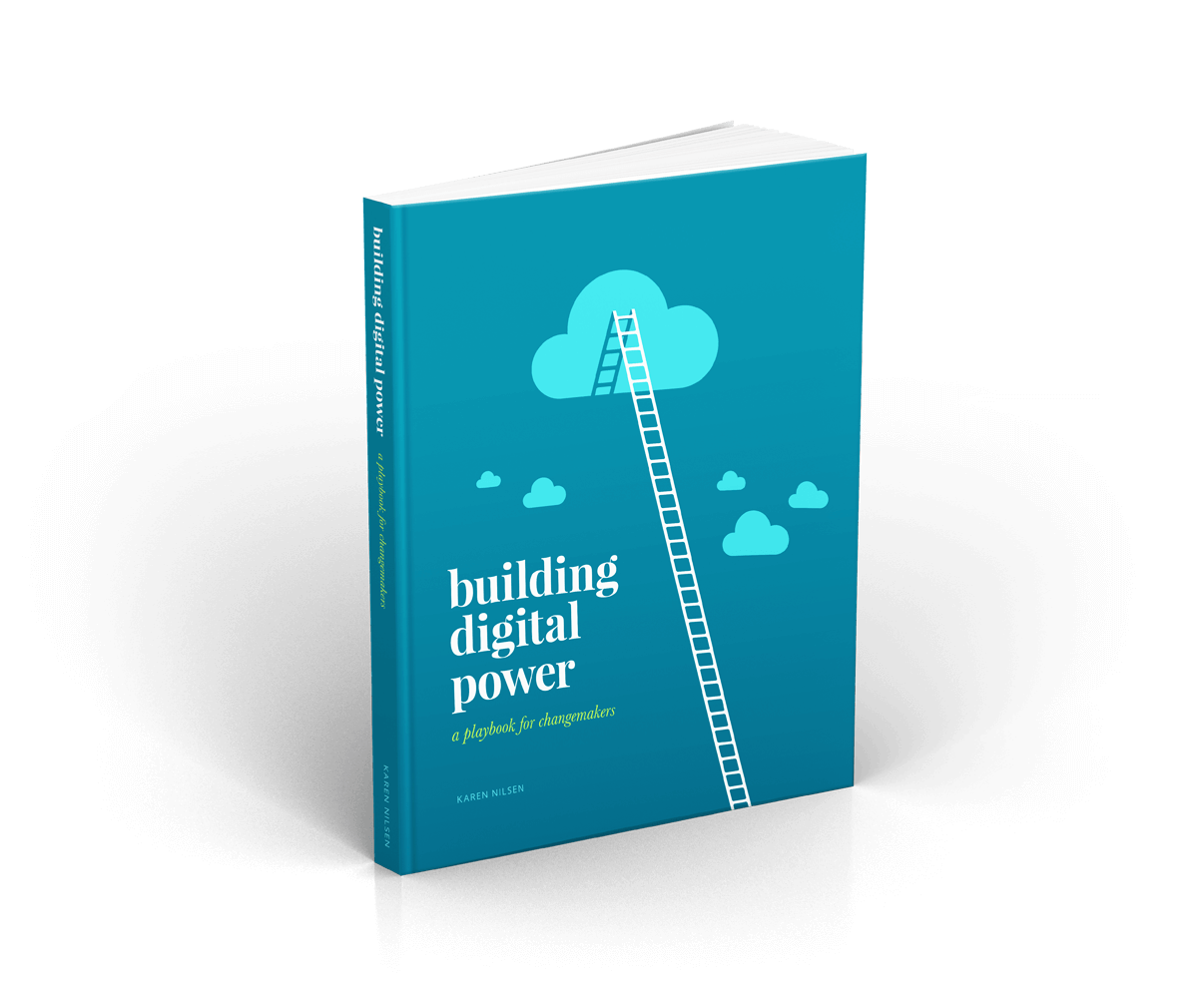Say More (by Saying Less)
Knowing how much or how little to say starts with being clear about your objective. Rarely is it our job to turn readers into subject-matter experts. Mostly, we’re in the business of motivating people to action.
If your objective is purely to educate, then sure, every additional argument adds value. But if your objective is to persuade, then only the most persuasive argument is needed—anything more is a distraction.
There might be ten reasons your supporter should care or take action today, but perhaps they only need to hear one. It’s your job to figure out which one, and run with it. Cutting non-critical words, sentences, and paragraphs is hard. Consider what your audience cares about most. Are they motivated by ethics? Science? Where’s the urgency? Work with that.
Four principles that will save you from saying ‘too much’
- Understand the role of ‘emotion’ and ‘facts’. This will help you identify your most persuasive messages and give them space to shine.
- Limit requests to a single ask. There may be 5 things you need your supporters to do, but if you care about conversion rates, you’re only allowed to ask for one.
- Find sneaky ways to hide content. When you know you should cut something but you just can’t bring yourself to hit ‘delete’ ... try this.
- Resist the urge to say everything at once. Breaking up your content will let you to say ‘more’ over time.
If you’re struggling, try this thought experiment: Imagine you’ve just inspired your supporter with an important email (or web page). Later that day, they share what they’ve learned with a friend over coffee. Knowing that they won’t remember everything, what are the key points (or point) you’d most like your supporter to repeat to someone else? Say that.
Don’t Say Everything All at Once
Take your time. In the pursuit of saying more with less, I’ll admit—not every big idea can be reduced to a snappy soundbite. Sometimes there really is a lot to say. Still, there are better options than trying...
 Quick read
Quick read
Take your time. In the pursuit of saying more with less, I’ll admit—not every big idea can be reduced to a snappy soundbite...
Continue →Get a free weekly digital strategy tip:
Unsubscribe any time. We respect your data. View the privacy policy.
Like this tip? Share it!






